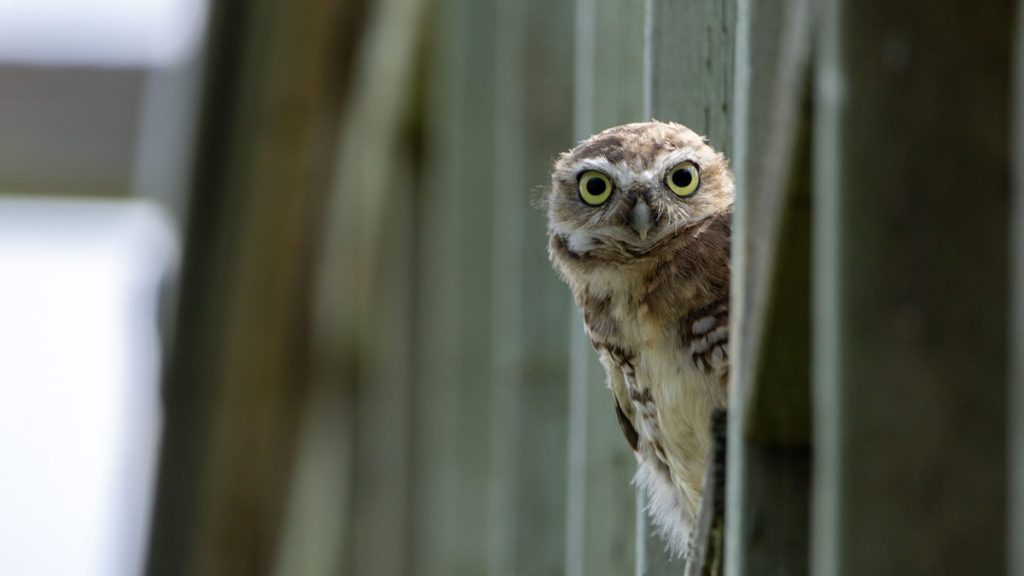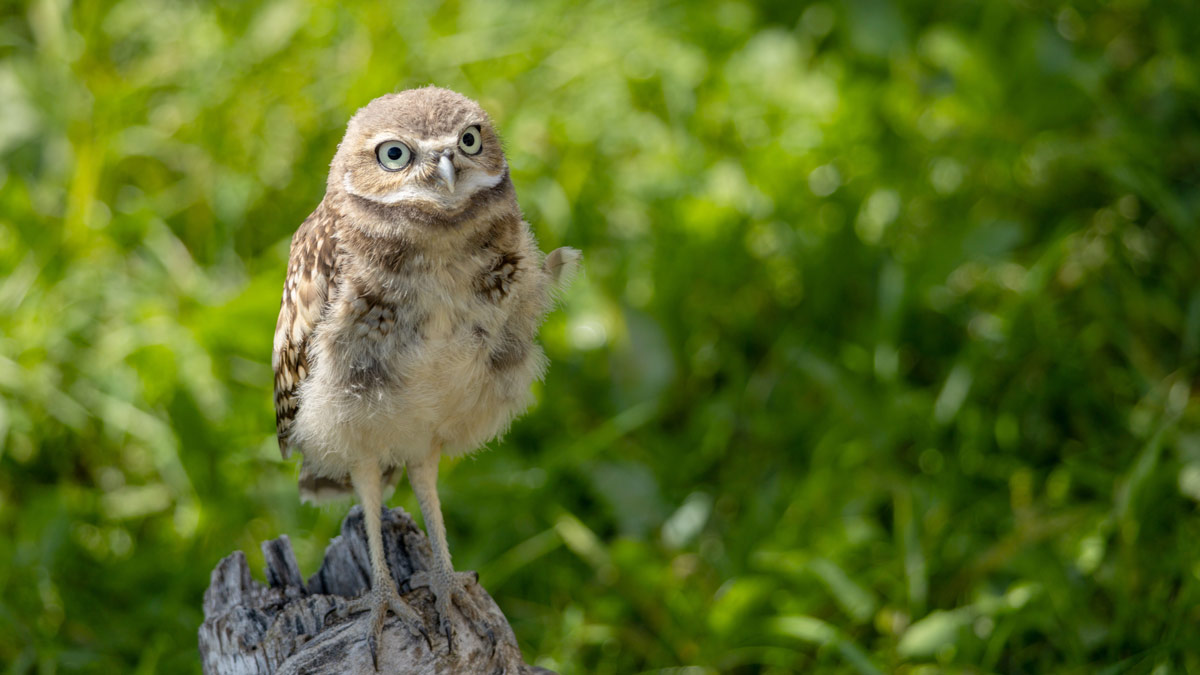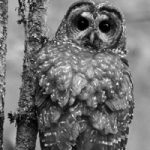Looking at the grasslands of the Canadian Prairies, it’s hard to picture all of that open space as one of the country’s most endangered ecosystems. After all, the fields seem to go on forever.
The rapid decline of Western Canada’s grasslands ecosystem and the wildlife that has called it home is well-documented. From plains bison herds thousands strong to the once-common swift fox, the biodiversity of the Prairies looked unrecognizably different only a couple of centuries ago.
When it comes to Canada’s threatened grasslands, one animal in particular has become something of a symbol: the burrowing owl, a small, brown bird blending in with the landscape. Its small stature and long legs are adaptations it’s evolved to survive on the tough grasslands of the Prairies. While those traits help it evade predators and squeeze into small burrows, they don’t do much to protect the bird from the grave threats it faces.
Once abundant in southern BC, Alberta, Saskatchewan, and Manitoba, the burrowing owl is now an extremely rare sight in Canada. They’re common in some other parts of the world, with healthy populations throughout South America, but here, their numbers have been devastated by habitat destruction.
Hatching a recovery program
In the heart of the Prairies, people are working to change that. Nature Saskatchewan’s Grace Pidborchynski is the head of Operation Burrowing Owl, a program hatched in 1987 to support burrowing owl recovery in Saskatchewan by enlisting the help of local landowners.
“There was an urgent need for a program that was directed at private landowners to have burrowing owl habitat on their land, and also to … conserve its remaining habitat,” Pidborchynski says.
Since its inception, OBO has brought in over 300 participating landowners conserving 200,000 acres of land to welcome burrowing owls and encourage them to nest. Most of that land isn’t being used by the owls, but making it available is considered an essential step in their recovery.
Conservationists have had some success with the species; a small number have been recently reintroduced to the wild in BC, where they were considered extirpated in 1979. And Saskatchewan’s OBO participants reported 60 pairs of owls in 2024, up from 31 pairs the year prior.

Photo by Amir Said
Big challenges for little owls
Reintroducing burrowing owls is an uphill battle. According to OBO’s data, Saskatchewan’s wild population dropped 97% from 1988 to 2023. The federal government deemed the burrowing owl an endangered species in 1995, and Saskatchewan followed suit in 1999.
Burrowing owl populations face numerous challenges, including collisions with vehicles and the risk of consuming pesticides in the rodents and insects they feed on, but their greatest enemy is the impact of agricultural development and urbanization on the grasslands. Years of development have decimated the habitat that these owls and many other now-threatened animals have long called home.
“Modification of native land, breaking up that land to turn it to crop, that results in a loss of habitat for burrowing owls,” Pidborchynski says.
She also points to control programs targeting other burrowing animals like ground squirrels and badgers. Burrowing owls don’t dig their own burrows; rather, they rely on those dug by other animals. “Without these burrows … they’re more vulnerable to inclement weather and predators such as coyotes and other large mammals.”
Pidborchynski says OBO’s data suggests that burrowing owl populations in Saskatchewan appear relatively steady, but their population is still minuscule compared to what it once was.
Owl ambassadors
Raising awareness about the threats facing burrowing owls is one of the most important elements of grasslands conservation in Saskatchewan, and what better way to do that than let the public see these rare birds up close?
That’s the strategy of the Saskatchewan Burrowing Owl Interpretive Centre in the city of Moose Jaw. When it first opened in 1997, the centre wasn’t far from a wild population of burrowing owls, with guests free to observe the birds from a respectful distance. Today, those wild owls are gone.
The sanctuary’s large outdoor enclosures are currently home to 29 captive burrowing owls – a fraction of the population that once lived in the area, but still a place where the owls thrive, free from the dangers facing the province’s wild populations.
Lori Johnson, the centre’s owl coordinator, says raising awareness is a critical step to saving Saskatchewan’s wild burrowing owls.
“You often hear about endangered species, but it tends to be the big, exciting, flamboyant species that we don’t necessarily have here in Canada or in Saskatchewan,” she says. “The elephants, the orangutans and tigers, but we have just as many endangered and threatened species that call our backyards home.”
To spread the word, the centre brings owls on tour, visiting schools and libraries to give students and community members a close look at one of the most iconic animals of Prairies.
Johnson says saving the owls requires the public’s help.“Without them, we can’t save these little guys,” she says.
Wild burrowing owls can still be found throughout the southern Prairies, where they reside in the warmer months before heading south for the winter. Sightings in Saskatchewan can be reported to OBO’s HOOT Line at 1-800-667-HOOT (4668), or by emailing obo@naturesask.ca.
Amir Said is a journalist and photographer based in Calgary, Alberta. He’s lived in multiple countries and provinces but is proud to call the Prairies home.




